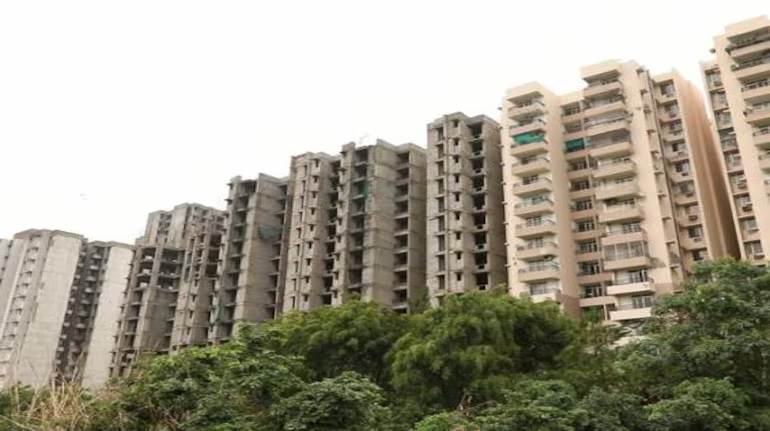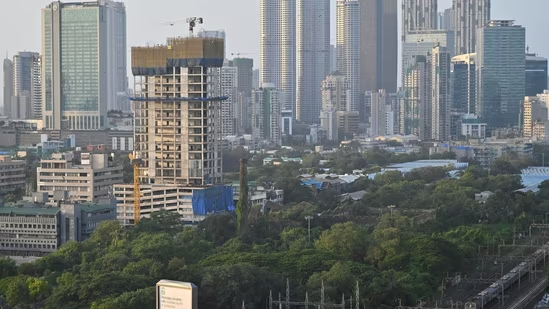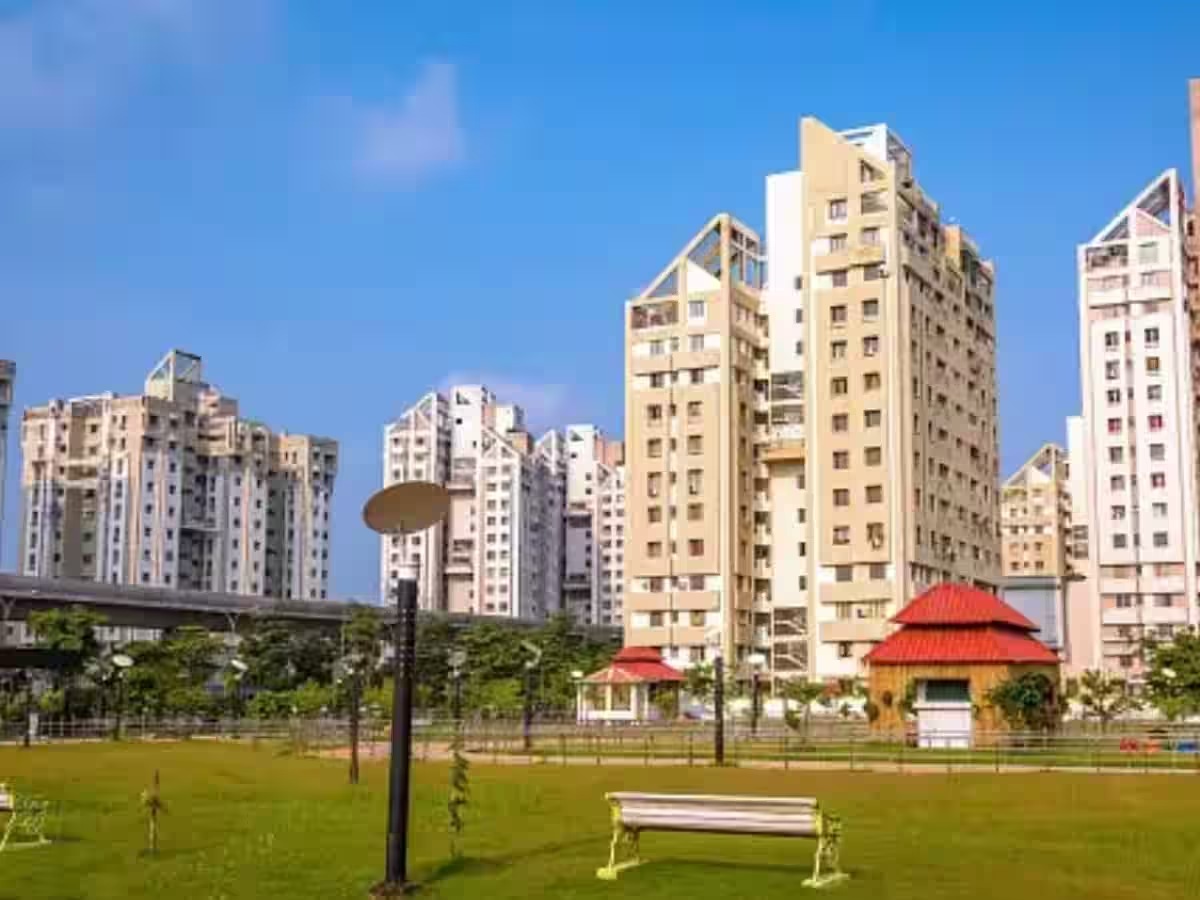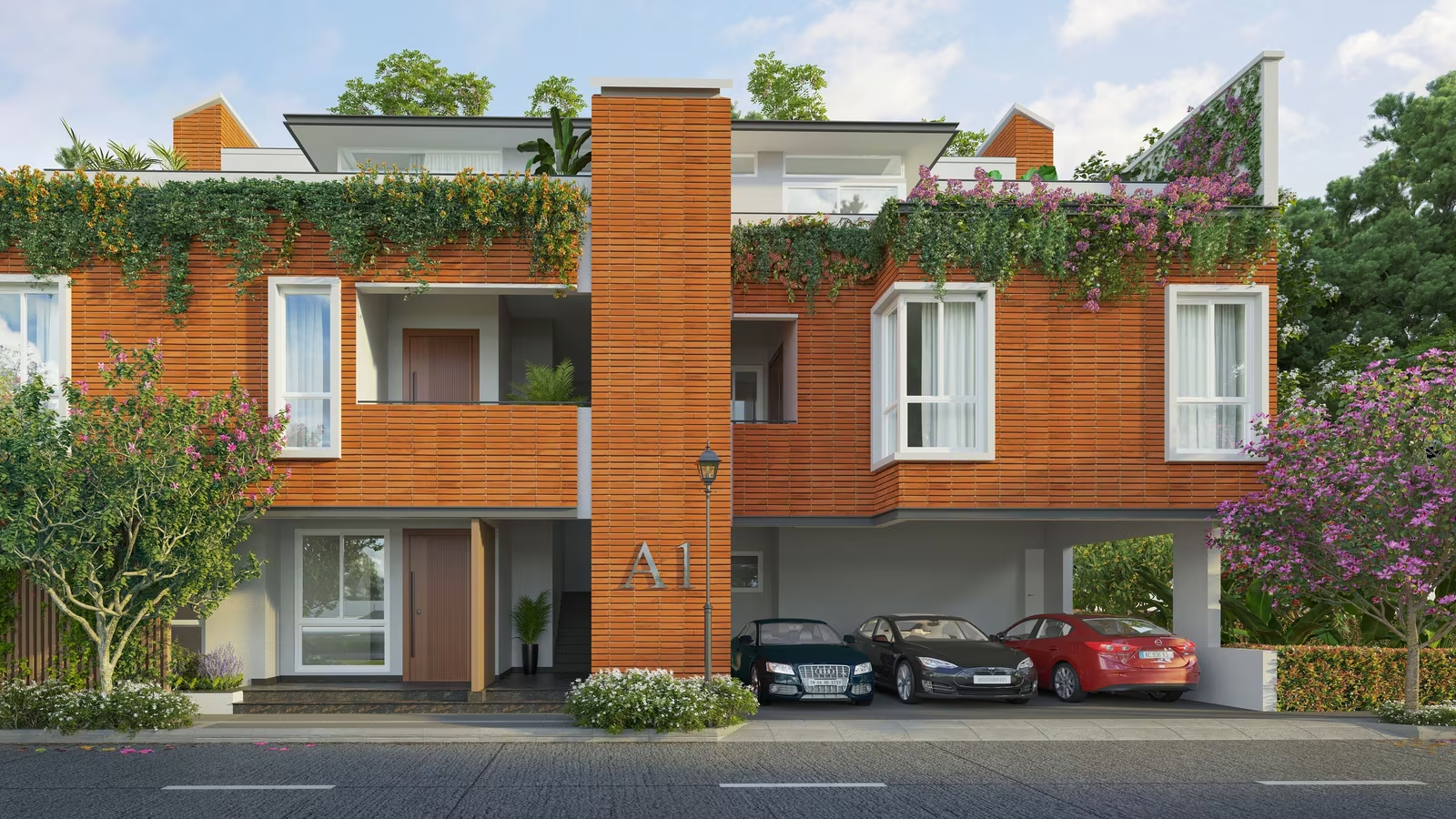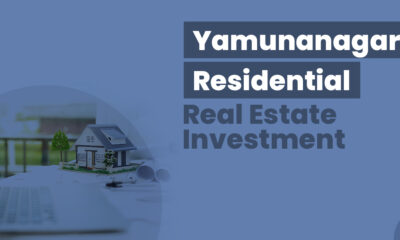News
2015 to be a good year for the realty sector : JLL India
The year 2014 has been quite fruitful for the real estate sector in terms of business sentiment, although the real effect of many of the policies and amendments announced in 2014 will take effect only in 2015. Starting from Union Budget FY 2014-15, where affordable housing was considered on par with infrastructure, to relaxation of rigidities in the Land Acquisition and Real Estate Regulatory Bill, India’s new Prime Minister has been offering the India real estate sector consistent doses of energy.


Meanwhile multinationals that were hesitant to foray into the Indian market because of the uninspiring political environment are now dusting off their plans for India and getting their entry vehicles back in gear. Going by the recent reports of recruitment agencies, many more jobs will be created in 2015 – especially in the IT/ITeS, manufacturing and services sectors – and the demand for homes will increase visibly. Also, REITs are hitting the market at long last, and only a few details need to be sorted out before they get the funding wheels spinning.
2015 will definitely be a good year for the real estate sector on three counts:
* The threat of inflation has completely submerged, and borrowing rates are sure to go down from the current levels. This will encourage potential buyers planning to avail of home loans to finally take the plunge. Also, with property prices staying stable and good deals being offered by developers in order to clear their inventory, fence-sitting buyers be further encouraged to press the ‘buy’ button.
* Economic activity is gradually picking up, and the Central Bank anticipates GDP growth to reach 6.5% y/y in the next financial year (FY2015-16). Corporate India has already made it clear that there will be more hiring of talent to help tackle rising business activity. Put together, this means a rise in jobs and incomes, which in turn is very favourable for both residential and commercial real estate.
* The market has witnessed a re-orientation and developers are now largely focusing on affordable homes. This will go a long way, though definitely not all the way, in bridging the existing wide gap between demand and supply of affordable homes.
Residential Real Estate
During the year 2014, new launches of residential units saw a consistent fall every quarter as a consequence of the subdued demand and high prices. While this was largely the case with high-end projects, the affordable housing segment definitely began to gain favour. This segment was firmly lodged under the priority schemes of the government and central bank, and buyers were seen finding comfort in investing in such projects given the smaller ticket sizes and improving connectivity in the suburbs of the major cities.
In the second half of 2014, many large developers who in the recent past concentrated on the mid-to-high segment due to better margins were seen eager to play the volume game and entering into affordable-segment projects in the deeper suburbs. This heartening trend began the ground work on bridging the wedge between demand and supply in our major metropolitan cities. Since developers are sitting on close to 30 months of unsold inventory in the mid-to-high-end segment, we also saw an increase in cash flows because of this new focus.
Completions, Net Absorption & Unsold Inventory – Residential
In 2015, developers will become more earnest about right-sizing and right-pricing their offerings. Smaller, yet better-designed and more efficient homes will define the residential real estate market in 2015, and selective corrections in some of the over-priced cities will help bring about faster sales for stagnated supply of larger configurations. Townships will become more prevalent, and the supply of luxury homes will moderate to align with the slow demand dynamics for these offerings.
- Pricing Trends
A large portion of the total unsold residential inventory is in the under-construction projects, while completed projects have only moderate vacancy. Home buyers looking for ready-possession property will therefore find limited room for negotiations when compared to buyers who can wait for some time to get possession. The attractive schemes that were doled out by developers in under-construction projects during the festive season of 2014 are likely to continue into 2015.
2015 will see home buyers benefiting from reduced borrowing rates, increased developer-focus on affordable homes, largely stable prices, and better job and income prospects.
* Affordable Housing
Affordable housing will clearly be the flavour of the season in 2015. While the ruling government at the Centre and the Central Bank have clearly spelled out their intention to push for affordable housing, it is the State governments which will need to take the implementation initiative. The recently concluded elections have clearly indicated that better governance, planning and good implementation are factors on which performance will be evaluated, and affordable housing is an important yardstick for sure.
While affordability will always be a subjective term that assumes different meanings in different markets of India, every city does have its own affordability threshold and benchmark. Developers active in each of the primary cities are now fully aware that they must address the demand for affordable housing in their cities, and stop focusing excessively on high-end and luxury offerings.
Affordable housing is in itself not a difficult format to deliver; the challenging part for many developers will be to align this format with their existing brand image without impacting it. Quite a few prominent developers already have a budget housing strategy, but they have evolved this strategy over time and ensured that the creation of such projects becomes a natural extension of their brands. For the newer entrants who have so far focused exclusively on higher-end housing, the process will begin only now – and for all but the die-hard firms that will not budge from their ‘creamy layer’ orientation, the process is unavoidable.
Coming anywhere close to negating the affordable housing gap altogether would take about two decades of focussed supply – and going by previous market learnings, it is unlikely that developers will retain their current focus on affordable housing once the economy picks up sufficiently to make higher-end housing desirable once again. However, as long as the current momentum and orientation prevails, we will at least see some good headway being made on this front in 2015.
Commercial Real Estate
Over the past few years until 2014, the supply of office real estate was higher than demand by 4 to 10 million sq ft. Our reading is that developer had been too optimistic in their anticipation of a revival in economic activity.
Though office real estate prices failed to recover from the after-effects of the financial crisis up to late 2014, we did see the beginning of a gradual turnaround. This can be attributed to the fact that commercial real estate developers began to strategically reduce the incoming supply to a new-normal level of occupier demand in the range of 27 to 30 million sq. ft. each year. This helped bring down the vacancy rate to 17% from more than 18.5% just a year ago.
In 2015, demand will remain in this range, marginally improving from the level seen in 2014. However, with the rupee weakening to below INR 62/USD at the current time and India’s GDP growth likely to strengthen further, the positive risk to this forecast of a sharp uptick in demand cannot be ruled out though.
Interestingly, while office real estate have not recovered fully from the fall in prices post GFC (unlike residential) there is significant room for upside in the event of a positive change in business sentiment. In fact, such an improvement was already seen after the general elections and is already reflecting in year-end office market leases. The trend of moderate-to-healthy leasing activity will continue in 2015.
Pan-India New Completions, Absorptions and Vacancy – Office
Retail Real Estate
In 2014, the retail real estate sector was one of the biggest casualties to market conditions that increasingly favoured the online retail community, with the exclusion of well-managed and leasehold organised retail malls. Strata-sold, poorly-managed, badly-located retail properties lost lustre as more retailers chose to avoid them.
2014 also saw a few of these malls either converting into Grade B office space or reeling under the compounding effect of rising vacancy rates. Vacancy in poorly-built and operated malls was as high as 20%, while good quality malls were relatively better off with about 10% of vacant space. The ecommerce frenzy that has been taking India by storm over the last two years was at its peak during 2014, and now poses a serious challenge to physical retailers and mall developers. The situation is compounded by the absence of adequate regulation on ecommerce in India currently.
However, a handful of mall developers have risen to this challenge by identifying key transitions that could help them sail through. The measures they have undertaken include a revamped tenant mix, adoption of the mixed-use format and delivering theme-based shopping experiences. These practices are now common in overseas markets, and Indian retail malls will be seen adapting to them more rapidly in 2015.
Pan-India New Completions, Absorptions and Vacancy – Retail
Real Estate Capital Markets
2014 saw gradual growth in demand for Indian real estate, particularly after the general elections in May. Concurrently, fund raising activities picked up, and this momentum will continue in 2015 as well. We will see less of one-way investments and more of partnerships between investors and developers and other land owners.
Joint venture and club funding will become the preferred mode as 2015 progresses. With the improvement of the economic situation, Pune, Chennai, Hyderabad and Kolkata will start attracting sizeable investments along with the top three metros of Mumbai, NCR and Bangalore. This will be a notable change from dynamics seen in the past, wherein only these three cities ruled the roost. In fact, we will see Grade A commercial properties in tier 2 and tier 3 cities appear on the radar of investors, though a full-on focus on these opportunities will probably not take place in 2015.
Attractively-placed office assets and high-demand residential categories, especially well-located mid-income projects, will continue seeing considerable investments in 2015.While investors may continue to show limited interest in retail real estate, we will see increased interest in the hospitality sector as compared to previous year.
REITs got a green signal from the government in 2014, and this will help ease the pressure on the balance sheets of cash-starved developers. However, the listing of new REITs will be slow and steady. While REITs will succeed over the longer term, they need to pass through the challenging phase ahead for them over the next two years.
-



 News4 weeks ago
News4 weeks agoKW Delhi 6 Mall Onboards New Brands
-



 News4 weeks ago
News4 weeks agoManasum Senior Living Launches IKIGAI GOA, A Senior Living Community in North Goa, in collaboration with Prescon Homes
-



 News4 weeks ago
News4 weeks agoCommercial Realty Gets Tech Savvy: Fast Construction, Enhanced Convenience
-



 News3 weeks ago
News3 weeks agoGodrej Properties Sells Rs 3k cr+ Homes of Godrej Zenith, Gurugram, within 3 days
-



 News4 weeks ago
News4 weeks agoBridging India Divide: Top 5 Tier- 2 Cities to Focus On
-



 News4 weeks ago
News4 weeks agoMultipoint Connection – A Definite Boon
-





 News3 weeks ago
News3 weeks agoRBI’s Status Quo on Key Policy Rates to Help Maintain the Real Estate Growth Momentum, Say Industry Stalwarts
-



 News1 week ago
News1 week agoOlive Announces Dhruv Kalro as Co-Founder







